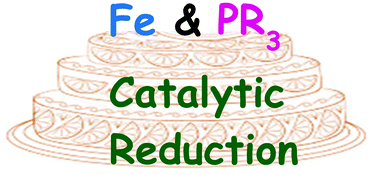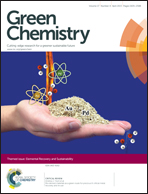When iron met phosphines: a happy marriage for reduction catalysis
Abstract
The last two decades have seen a huge development of well-defined organophosphorus (mainly phosphine) iron complexes or in situ generated systems used in homogeneous catalysed reduction (hydrogenation, hydrogen transfer and hydrosilylation). Emerging sustainability concepts emphasize the use of environmentally benign, earth abundant and inexpensive first row transition metals such as iron instead of the traditional second and third row transition metals. In the reduction area, this is also an important goal and for this purpose, achiral and chiral organophosphorus ligands permitted versatile modifications of the architecture of iron complexes to finely tune both the activity and stereoselectivity. Besides the classical goals such as aldehydes, ketones and imines, more challenging carboxylic substrates such as carboxylic acids, esters and ureas can be reduced efficiently, chemoselectively, and even enantioselectively using well designed iron–phosphine catalytic systems. The topical reduction of carbon dioxide and nitrogen is also an exciting area of research in which iron has started to show a promising performance.

- This article is part of the themed collection: 2015 most accessed Green Chemistry articles

 Please wait while we load your content...
Please wait while we load your content...